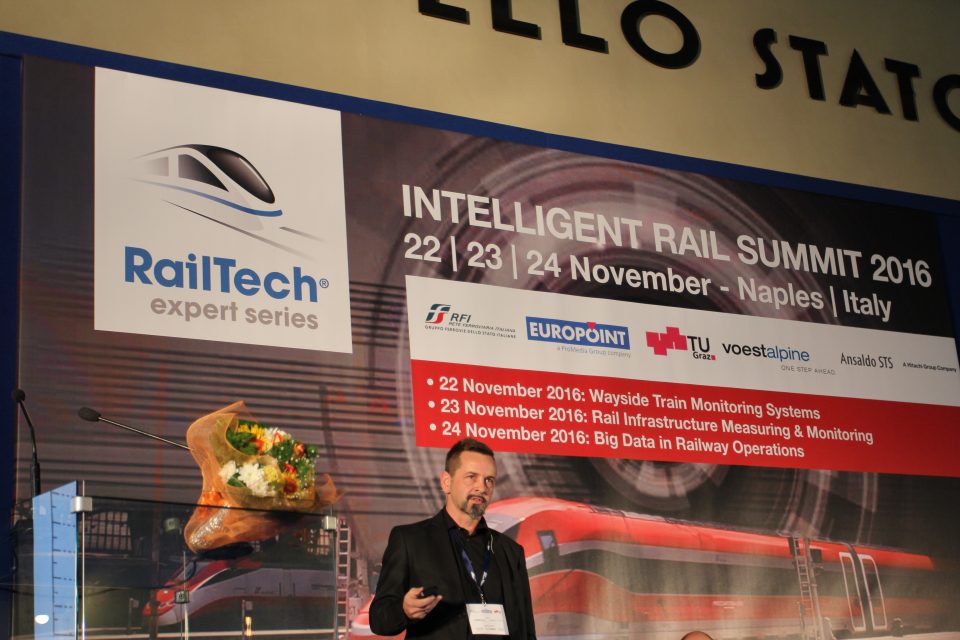Intelligent Rail Summit 2016 – Day Two

Innovations in how railway data is collected, stored and used were the focus of Day Two of the Intelligent Rail Summit, attended by over 150 rail tech experts from across the world.
Want to read more?
You have read all of your free premium articles for this month. Please become a subscriber to keep reading.
Subscribe now!
Take advantage of our exclusive offer to get full access to all premium content.




